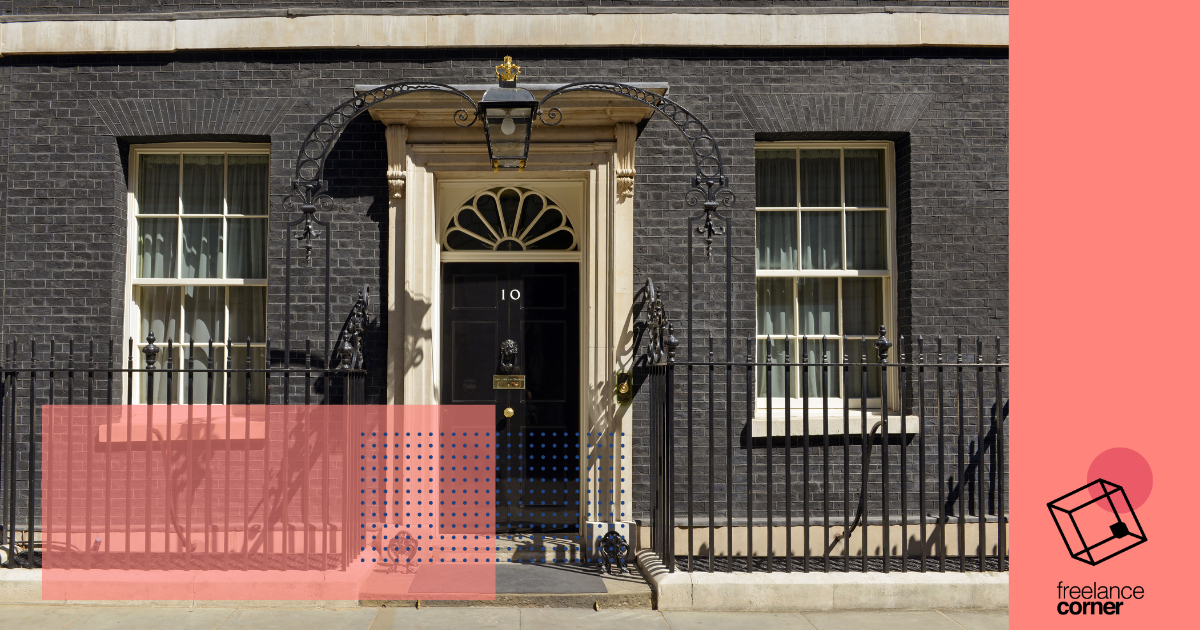There are many major advantages to freelancing: from flexible hours to having much more control over your working conditions. But there is one well-established down-side: late payments. Now, however, the small business commissioner Paul Uppal is introducing a new ‘traffic light’ scheme to clamp down on what has been described as the ‘scourge of the self-employed’.
Research by IPSE, the Association of Independent Professionals and the Self-Employed, has shown that the average freelancer spends no less than 20 days a year chasing late payments from clients. Worse – a small but significant minority of clients have been known to not pay their freelancers at all.
IPSE’s research suggests freelancers lose an average of £5,400 on work they simply haven’t been paid for. The FSB (Federation of Small Businesses) has also estimated that late and non-payment cause approximately 50,000 small businesses to fail every year.
The good news is that more and more people in industry and government are waking up to the problem.
For a long time, business groups including IPSE and the FSB pushed for the creation of a small business commissioner. Based on a model already used in Australia, the idea was that they would act as a ‘champion’ for small businesses and the self-employed and reform the UK’s poor payment culture.
Well, last January the government listened and appointed former MP Paul Uppal as the UK’s first small business commissioner
Over the last year, however, there were concerns the new ‘champion of the self-employed’ had not been given the powers he needed to truly clamp down on late payments. But with the announcement this January of a new ‘traffic light system’ to target late-paying clients, things may be starting to change.
Since 2017, large companies have been required to report their payment practices twice a year. The new traffic light system will use this data to flag up repeated late-payers with a red light, so freelance suppliers can avoid them. Businesses that fail to report their payment practices will also receive a red light under the new system.
Uppal said: “Our ambition is to help small businesses make more informed choices when deciding which larger businesses they are going to trade with. A traffic light system would be a simple and effective visual way of highlighting which larger businesses are paying promptly and are working in partnership with their supply chain.”






